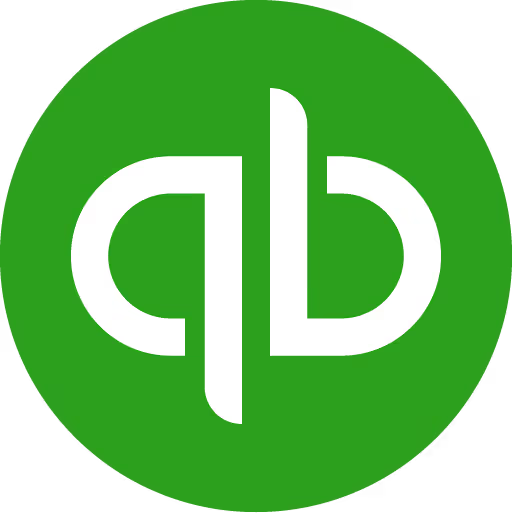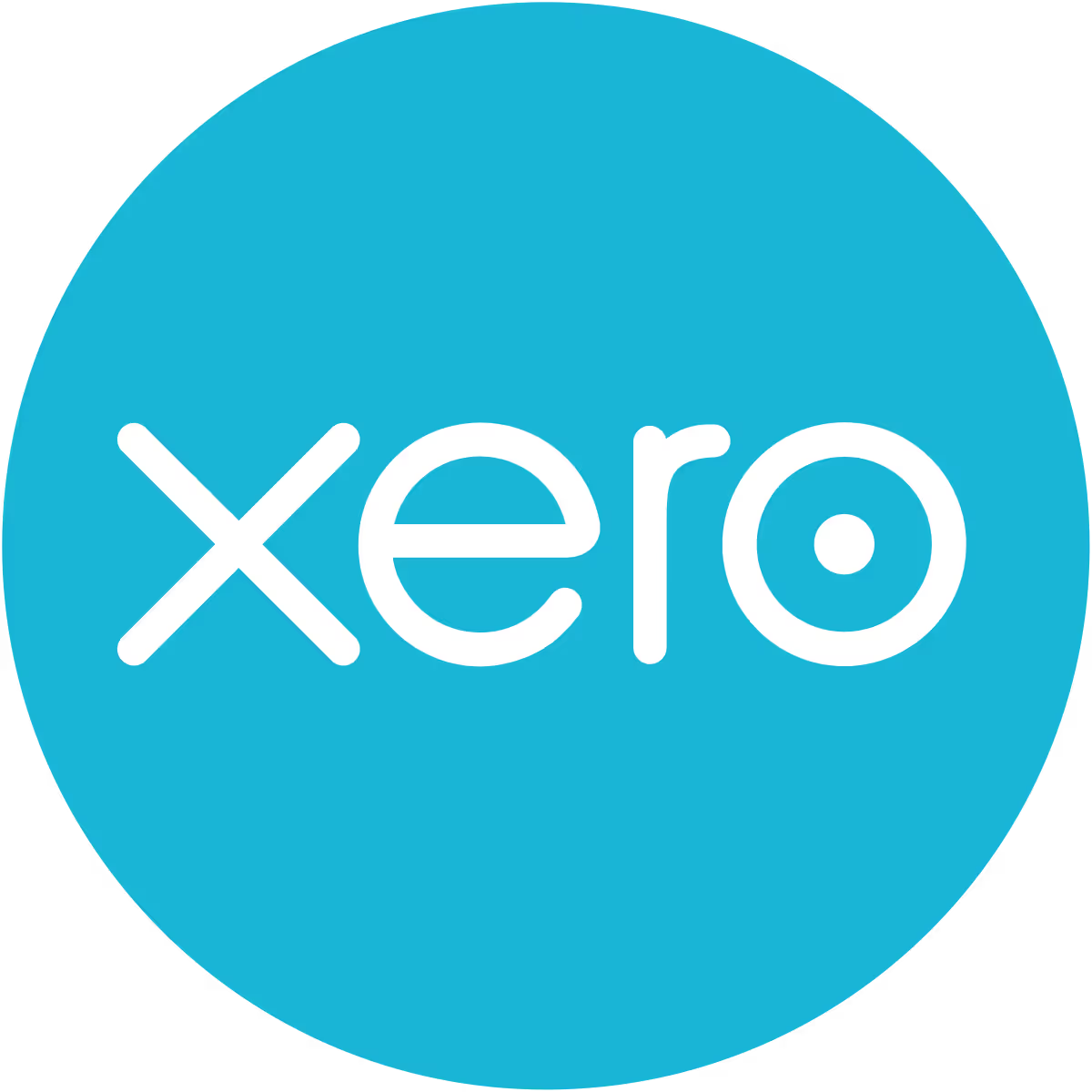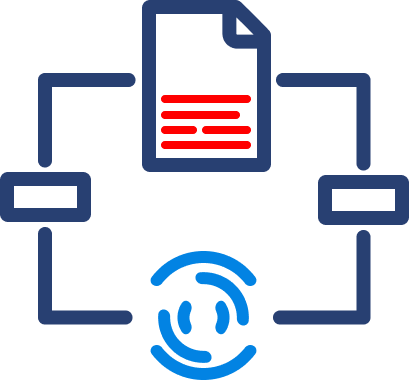Quickbooks Online

Get Started
How to Set Up QuickBooks: A Step-by-Step Guide
This guide walks you through setting up QuickBooks Online (QBO) or QuickBooks Enterprise, configuring key financial settings, integrating bank accounts, and automating workflows for accounting, payroll, and reporting.
Step 1: Choose the Right QuickBooks Version
- Go to QuickBooks’ website (Intuit QuickBooks)
- Select a version based on your business needs:
- QuickBooks Online (QBO) – Cloud-based for small to mid-sized businesses.
- QuickBooks Enterprise – On-premise solution for larger companies needing advanced inventory, reporting, and multi-entity support.
- QuickBooks Desktop Pro/Premier – Traditional accounting for local control.
- Click Sign Up (for QBO) or Request a Demo (for Enterprise).
Step 2: Set Up Your QuickBooks Account
- Sign In or Create an Account
- Use your Intuit login or create a new QuickBooks account.
- Enter Business Information
- Business name and legal entity (LLC, S-Corp, C-Corp, Sole Proprietor).
- Industry type (QuickBooks will suggest default accounts based on industry).
- Business start date for accurate financial tracking.
- Customize Business Settings
- Set up your fiscal year (Settings > Account & Settings > Advanced).
- Enable multi-user access (for Enterprise and Advanced versions).
- Select accounting method (Cash or Accrual).
Step 3: Connect Your Bank Accounts & Payment Processors
- Go to Banking > Link Bank Account.
- Select your bank (Chase, Wells Fargo, Bank of America, etc.).
- Authorize QuickBooks to sync transactions automatically.
- If using a payment processor (Stripe, PayPal, Square), go to Settings > Payments and connect.
✔ QuickBooks will import transactions and categorize them automatically.
Step 4: Customize Your Chart of Accounts
- Go to Settings > Chart of Accounts.
- Review preloaded categories (Income, Expenses, Assets, Liabilities).
- Add custom accounts for industry-specific tracking (e.g., job costing for construction, inventory tracking for retail).
✔ This ensures accurate profit & loss, cash flow, and tax reports.
Step 5: Set Up Invoicing & Customer Payments
- Go to Sales > Customers > Add New Customer.
- Customize Invoice Templates (Settings > Custom Form Styles).
- Enable Online Payments for ACH, credit cards, and PayPal.
- Create Recurring Invoices for subscription-based services.
✔ Customers can pay directly via QuickBooks, and payments auto-reconcile.
Step 6: Add Vendors & Track Expenses
- Go to Expenses > Vendors > Add Vendor.
- Upload existing vendor lists or sync with Bill.com.
- Enable auto-categorization for expense tracking.
- Set up recurring payments for rent, subscriptions, and vendor services.
✔ This streamlines accounts payable and cash flow tracking.
Step 7: Set Up Payroll & Employee Management (If Needed)
- Go to Payroll > Add Employees.
- Enter employee details, pay rates, tax info (W-4s, direct deposit details).
- Select payroll frequency (weekly, bi-weekly, monthly).
- Enable auto-payroll and tax filings for compliance.
✔ QuickBooks will automatically file payroll taxes and generate W-2/1099 forms.
Step 8: Configure Inventory Management (For Product-Based Businesses)
- Go to Sales > Products and Services > Add New Product.
- Choose Inventory Tracking Method: FIFO (First-In, First-Out) or Average Cost.
- Set low stock alerts and automate reorders.
✔ Works for e-commerce, retail, and wholesale businesses managing stock.
Step 9: Integrate QuickBooks with Other Tools
- Go to Apps > Find Apps.
- Connect CRM (Salesforce, HubSpot) for sales tracking.
- Sync with e-commerce platforms (Shopify, Amazon, WooCommerce).
- Link expense management (Expensify, Ramp, Brex) for automation.
✔ Integrations enhance automation and reduce manual data entry.
Step 10: Generate Financial Reports & Automate Tax Prep
- Go to Reports > Select Financial Statement.
- Run key reports:
- Profit & Loss (P&L) – Tracks business income and expenses.
- Balance Sheet – Shows assets, liabilities, and equity.
- Cash Flow Statement – Helps manage liquidity.
- Enable auto-generated reports for weekly or monthly updates.
- Use QuickBooks Tax Tools to estimate tax liabilities and prepare returns.
✔ This ensures real-time financial visibility and tax compliance.
Final Checks Before Going Live
✔ Verify bank connections and payment processing setup.
✔ Test invoicing and expense tracking workflows.
✔ Set up multi-user access with role-based permissions.
✔ Run trial payroll to confirm employee tax withholdings.
✔ Enable real-time reporting for better financial insights.

Xero

Quickbooks Online
LiveFlow
Our Services
Outsourced Accounting
Financial Planning & Analysis
Fractional & Technical Accounting

Data Automation
Data Analytics



